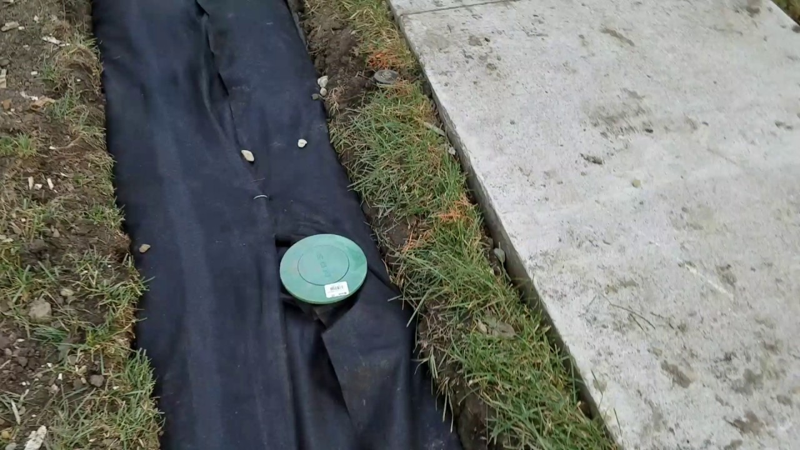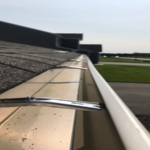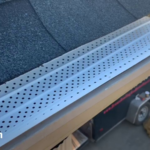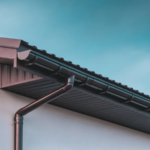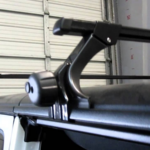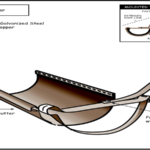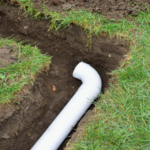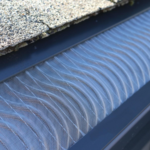To avoid these dangers, it is important to have your gutters installed by a professional who knows what they are doing. Make sure to get references and check out the company’s reputation before hiring anyone to work on your home.
What is the most common problem with gutters?
The most common problem with gutters is that they can become clogged with leaves and other debris. If the gutters are not cleaned out regularly, the water can back up and cause problems with the roof, the foundation, and even the interior of the house.
How do you prevent gutter damage?
It is important to regularly clean your gutters and downspouts to prevent gutter damage. Leaves, twigs, and other debris can clog your gutters and cause water to back up and overflow, which can damage your gutters and your home. You can clean your gutters yourself with a ladder and a garden hose, or you can hire a professional to do it for you.
If you live in an area with a lot of trees, you may want to install gutter guards to keep your gutters from clogging. Gutter guards are available in a variety of materials and styles, and they can be installed by a professional or by do-it-yourselfers.
If your gutters are already damaged, you will need to repair or replace them. This is a job best left to a professional, as it can be dangerous to work on a ladder.
How does a gutter guard prevent damage to the structure of your home and landscaping?
- A gutter guard is a device that is installed over your home’s gutters to help prevent leaves, twigs, and other debris from clogging them.
- This can help to prevent damage to your home’s structure and landscaping by keeping the gutters clear and allowing water to flow freely through them.
- Gutter guards can also help to extend the life of your gutters by preventing them from becoming overloaded with debris and weighing them down.
- There are a variety of different types of gutter guards available on the market, so be sure to do your research to find the one that best suits your needs.
- Installation of gutter guards is typically a simple process that can be done by most homeowners. However, if you are unsure or uncomfortable with doing it yourself, you can always hire a professional to do it for you.
What is the proper way to hang a gutter?
There are a few things to consider when hanging a gutter. The first is the weight of the gutter. If the gutter is too heavy, it could pull down the fascia board or break the hangers. The second is the slope of the gutter. The steeper the slope, the more likely the water will flow properly. Third is the size of the gutter. The larger the gutter, the more water it can hold. Fourth is the type of hanger. There are many different types of hangers available, but the most common are J-hooks and screw hooks. Fifth is the type of sealant. There are many different types of sealant available, but the most common are silicone and urethane.
Why would you not put gutters on a house?
There are a few reasons you might not want to install gutters on your house. One reason is that gutters can be expensive, and if you’re on a tight budget, you might not be able to afford them. Another reason is that gutters require maintenance, and if you’re not up for cleaning them out regularly, they might not be worth the hassle. Finally, gutters can sometimes cause problems if they’re not installed properly, so if you’re not confident in your DIY skills, it might be best to hire a professional.
What is the risk of overflowing gutters?
Overflowing gutters can cause a number of problems for homeowners. First, they can cause water damage to the home’s foundation. This can lead to cracks in the foundation, which can be expensive to repair. Additionally, overflowing gutters can cause basement flooding. This can lead to mold and mildew growth, which can be harmful to your health. Finally, overflowing gutters can attract pests, such as mosquitoes and rodents. These pests can carry diseases, which can be passed on to humans.
Should gutters be nailed or screwed in?
Nailing gutters is the more traditional method of installation. It is also generally considered to be more secure, as the nails will create a stronger bond than screws. However, nailing can also be more time-consuming and difficult, as you have to make sure each nail is properly driven in and spaced correctly.
Screwing in gutters is the newer method of installation and is generally considered to be easier and faster than nailing. However, some people worry that screws may not create as strong of a bond as nails, and that they may eventually come loose over time.
Should there be a gap between roof and gutter?
There are a few reasons for this gap, the most common one being that it allows for expansion and contraction of the roof during extreme temperature changes. If the gap is too small, the roof could be damaged when it expands in hot weather; if the gap is too large, water could get behind the gutter and cause damage to the fascia board and soffit. The size of the gap is typically 1/8-inch to 1/4-inch.
Bottom Line
If you’re looking to keep your home safe, it’s important to avoid the dangers of improper gutter installation. By following these tips, you can ensure that your gutters are installed correctly and safely.
